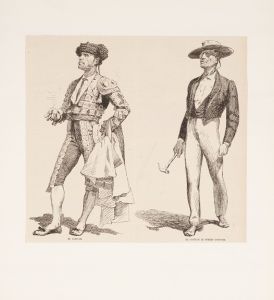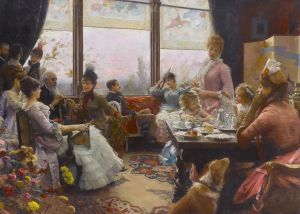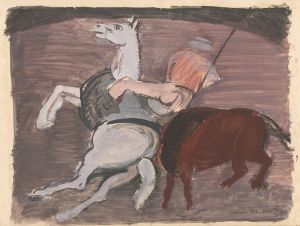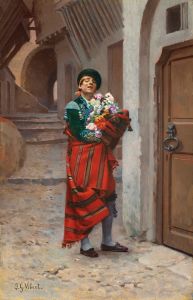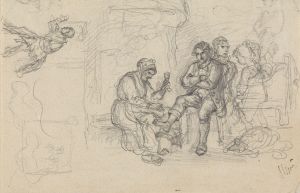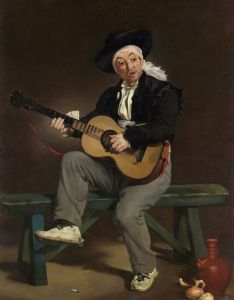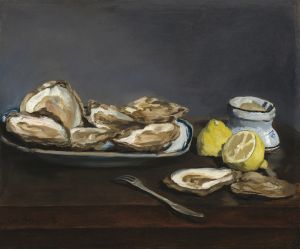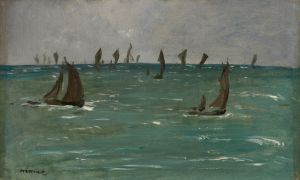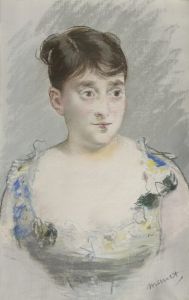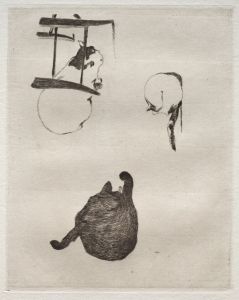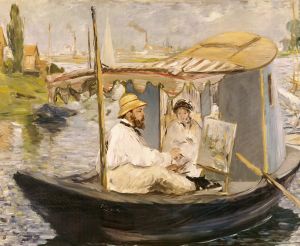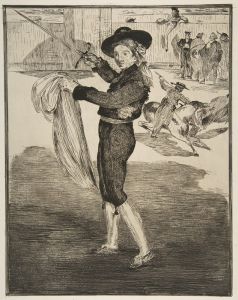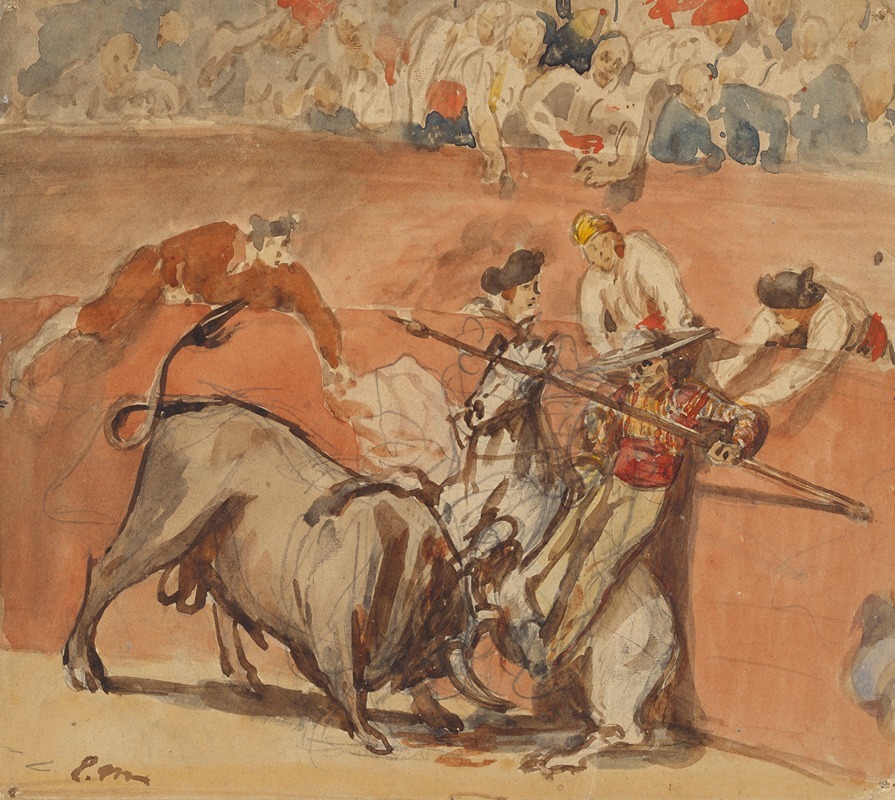
Bullfight
A hand-painted replica of Édouard Manet’s masterpiece Bullfight, meticulously crafted by professional artists to capture the true essence of the original. Each piece is created with museum-quality canvas and rare mineral pigments, carefully painted by experienced artists with delicate brushstrokes and rich, layered colors to perfectly recreate the texture of the original artwork. Unlike machine-printed reproductions, this hand-painted version brings the painting to life, infused with the artist’s emotions and skill in every stroke. Whether for personal collection or home decoration, it instantly elevates the artistic atmosphere of any space.
Édouard Manet's Bullfight is a painting created in 1864 by the French artist, who is widely regarded as a pivotal figure in the transition from Realism to Impressionism. The work is part of a larger composition originally titled Episode from a Bullfight (Épisode d'une course de taureaux), which Manet exhibited at the Paris Salon in 1864. However, the painting received harsh criticism for its unconventional style and perceived lack of technical refinement. In response to the negative reception, Manet later cut the canvas into two separate works. Bullfight is the lower portion of the original painting, while the upper section became a standalone piece titled The Dead Man (L'Homme mort).
Bullfight depicts a dramatic scene in the bullring, capturing the intensity and movement of a bullfight. The composition shows a bull charging at a fallen matador, with other figures in the arena reacting to the action. Manet's loose brushwork and bold use of color emphasize the dynamic energy of the scene, rather than focusing on precise anatomical detail or traditional academic techniques. The painting reflects Manet's interest in Spanish culture, which was a recurring theme in his work during the 1860s. This fascination was influenced by his admiration for Spanish artists such as Diego Velázquez and Francisco Goya, as well as his travels to Spain.
The painting is relatively small in size, measuring approximately 48 cm by 60 cm (19 inches by 24 inches). Today, Bullfight is housed in the collection of The Frick Collection in New York City. It remains an important example of Manet's innovative approach to painting and his willingness to challenge artistic conventions of his time.
Manet's decision to divide the original composition into two separate works highlights his adaptability and sensitivity to public reception. While Bullfight and The Dead Man are now appreciated as individual works, their shared origin offers insight into Manet's creative process and the evolving nature of his art.





